[section label=1. Introduction]
Max Customization
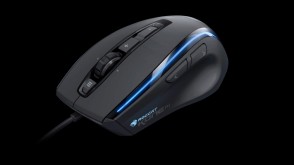 When it comes to gaming peripherals, ROCCAT isn’t a name that’s often heard of especially in the USA, but with their recent expansion into the US market earlier this year, this European gaming peripherals brand has been gaining quite a bit of traction among gamers.
When it comes to gaming peripherals, ROCCAT isn’t a name that’s often heard of especially in the USA, but with their recent expansion into the US market earlier this year, this European gaming peripherals brand has been gaining quite a bit of traction among gamers.
In order to find out what all the fuss was about, today we’ll be reviewing one of ROCCAT’s flagship gaming mice, the ROCCAT Kone [+]. With customizable lighting options, a fully programmable macro system, an adjustable weight system, 6000 DPI sensor, as well as innovative features such as ROCCAT Talk, the Kone [+] certainly has the features to compete with other premium grade gaming mice on the market.
Are all these features enough to make the Kone [+] a compelling buy against peripherals from giants such as Razer, SteelSeries, and Logitech? Read on to find out!
Specifications
- Pro-Aim Laser Sensor R2 with up to 6000 DPI
- Up to1000Hz polling rate
- 1ms response time
- 30G acceleration
- 3.8-5m/s (150-200ips)
- 16-bit data channel
- 72MHz TurboCore processor
- 576kB onboard memory
- 2m USB cable
[section label=2. A Closer Look]
A Closer Look at the ROCCAT Kone [+]
Here’s a look at the packaging for the ROCCAT Kone [+]. Overall the packaging itself is quite cool and has an interesting futuristic look to it.
The back of the box lists all the features along with all the awards this product has gotten since its introduction. Quite an impressive list I must say…
In terms of accessories, the Kone [+] comes with a simple drivers manual, a ROCCAT ID card with a PIN that grants you exclusive access to some content on ROCCAT’s website, and the weights. For some reason, ROCCAT had decided not to include the driver CD with the package, but it’s better to download the latest version from the ROCCAT website anyway.
The ROCCAT Kone [+] comes in a black finish. While the entire mouse is constructed of plastic, it’s covered in a nice, grippy, durable rubber coating. On the left, we get the ROCCAT Kone [+] logo along with two small side buttons. In order to help promote better ergonomics (as this is intended as a right handed mouse), there’s also an indentation for the thumb to rest here as well.
Since the Kone [+] is a palm grip mouse, it’s no surprise that its back is elevated to offer support for your hand. The large ROCCAT graphic logo blends with the color scheme very well and does not feel intrusive at all. The reflective strip of plastic cutting through the logo is the LED strip that lights up during operation.
The right side of the mouse is caved in to create a comfortable area for your pinky and ring finger. The top of the mouse is home to 5 buttons: the right and left mouse click, the DPI +/- buttons, the scroll wheel, and a macro button in front of it. The position of the macro button seems a little hard to reach, but you probably won’t be programming macros in the heat of the moment anyway.
Taking a closer look at the front of the mouse reveals that the scroll wheel can also be tilted side to side to perform additional tasks. The generously sized and easy to press. The slanted chassis, typical of palm grip mice, is implemented to cater to the contour of your hand.
The bottom of the mouse is just as exciting as the rest. The Pro Aim Sensor R2 (Avago ADNS-9500) proudly rests in the center with the weight adjustment compartment sitting close behind it. The mouse feet seem a bit too small though, which raises some concerns over how well it will glide on a mouse pad.
The weight adjustment system is covered by a round piece of plastic that can be easily removed with a simple twist. ROCCAT has included plenty of symbols on the lid to assist you through the process.
The mouse comes with 4 x 5 gram weights encased in a neat rectangular box.
With the cover removed we can see that there are 4 slots to hold the weights which effectively prevent shifting during operation. The weights is centered in the palm area.
The Kone [+] uses a USB connection. Surprise surprise.
Plugging the mouse in, the two strips of LEDs on either side of the mouse light up. By default, it’s set to cycle through 4 different colors. You can of course setup the lights to your liking through the driver software.
[section label=3. Software]
ROCCAT Kone [+] Software
The driver software for the Kone [+] is definitely one of the best, most extensive software packages I’ve ever seen. The main control tab here allows you to change the sensitivity of the mouse and program each of the 5 profiles.
The Kone [+] has up to 24 macros through button combinations via the EasyShift key.
The color control tab lets you adjust the lighting effect for the two LED strips on either side of the mouse. I found the effect options for the Kone [+] interesting to play with.
In the advanced control section we have the settings for X/Y sensitivity, sound feedback, polling rate, and Windows pointer speed. We also get the “Tracking Control Unit”, which calibrates the sensor based on the type of surface the Kone [+] is used on.
The update/support section offers well, update and support. ROCCAT made accessing the driver and support page very easy to access by linking them with gigantic buttons.
Now, before we move on to performance testing, I’d also like to mention that the ROCCAT Kone[+] is also compatible with ROCCAT Talk, which is one of the innovative features that come with the combining both a ROCCAT Talk compatible mouse such as the Kone [+] with a ROCCAT Talk compatible keyboard. Since this is a joint feature between both a mouse and a keyboard, I’ll be discussing ROCCAT Talk a bit more in my review of the ROCCAT Talk compatible ROCCAT Isku gaming keyboard which will be coming shortly. I’ll be sure to post a link to the article when it’s published, so stay tuned…
[section label=4. Performance]
ROCCAT Kone [+] Performance
The Kone [+] is a very different experience compared to mice such as the Razer Deathadder and feels a lot like the Logitech G500 with its adjustable weights system. The adjustable weight allowed me to find the perfect weight for the strength of arm for better control. In Starcraft 2, this evident as mouse navigation felt that much more controlled, which increased the pointer accuracy when moving from unit to unit. The sensor performed as expected of a high grade gaming peripheral – fast and stable. The buttons were very responsive and did not produce any “mushiness”, but I did notice that the scroll wheel felt a tad bit flimsy for my liking.
In intense first person shooters such as Battlefield 3, fine grained control is a necessity and I found the Kone [+] once again excelled here thanks to its great level of control. That said, I am a fan of heavier mice, so the Kone [+] again with its weights system made me quite happy in this regard. The mouse was able to glide smoothly across my mouse pad despite the smaller mouse feet and all button presses were extremely responsive. Although the “Pro-Aim Laser Sensor R2” (Avago ADNS-9500) was excellent in terms of lift distance accuracy and response time, it produced some jitter at the higher DPI settings (3500-6000 DPI). In order to confirm that it wasn’t me imagining things, I tried drawing a couple of straight lines in paint and sure enough, there was noticeable jitter. Otherwise, surface tests seemed good as the Kone [+] did not glitch up even as I ran it across a white sheet of paper and my hardwood floor.
After reviewing so many gaming peripherals, I felt like that my reviews are incomplete without something that heavily relied on macros, but it seems like manufacturers these days don’t really produce all that many mice with gobs and gobs of macro functionality. The Kone [+], with its EasyShift technology really changes that. With 8 programmable buttons, we get a up to 24 possible macros on the mouse, so I felt like the best way to test this was with a MMO, and what game is better than Guild Wars 2 these days to put the macro functionality to the test. (Right? Right?) With the bundled ROCCAT software I was easily able to bind all my skills to the mouse buttons and still ended up having a couple more to spare. While all macros worked fine, I did find that some macro combinations a little awkward to execute (such as the EasyShift key + the DPI decrease button).
Also to test for any acceleration issues, I loaded up Team Fortress 2, which is one of the rare games out there these days that doesn’t have acceleration built into the game itself. In the case of Kone [+] with the raw mouse input on, I detected a slight amount of positive acceleration, which isn’t much of a shocker since it’s an Avago ADNS-9500 after all. That said, I was surprised that it wasn’t a huge problem as previous experiences with the ADNS-9500 typically yielded a lot of unwanted negative acceleration.
Macro keys are not just for gaming as general everyday use can also benefit greatly. I programmed 8 programs to launch with the macros on the Kone [+] and they all worked very well. The DPI adjustment button helped me greatly in Adobe Lightroom, where I needed lower DPI settings for fine controlling the sliders and with its ability to store multiple banks/profiles to on the on board 576KB memory, I was able to quickly switch between gaming and my everyday use profiles without a hitch.
In terms of comfort, the elevated rear of the Kone [+] pressed snugly against my palm and felt very comfortable. The indents on the sides of the mouse provided excellent resting areas for my thumb and pinky finger. My hand did not feel sore even after a 6 hour long gaming marathon. Although there are plenty of other palm grip mice out there that are equally as comfortable in terms of hand and finger support, the Kone [+] managed to stand out thanks to its weight adjustment system. Being able to adjust the weight of the mouse to match the power of my wrist greatly increased control and reduced muscle fatigue. The grip of the chassis was also exceptional and kept its traction even as my hand perspired.
[section label=5. Conclusion]
ROCCAT Kone [+] Conclusions
The Kone [+]’s performance falls in line with other high grade gaming peripherals in terms of performance, and that’s in no way belittling its capabilities. It managed to excel in all my testing, which is definitely a good thing. Its buttons were large, responsive, and easy to press. The side (macro) buttons are placed in the perfect position for convenient reach with the exception of the button in front of the scroll wheel, which was utterly useless because it was so far away from my hand.
There was a bit of positive acceleration, but it’s not a huge issue like what we’ve seen in the past with some other mice with the ADNS-9500 sensor. The 6000 DPI Pro-Aim Laser Sensor R2, was quick to respond and stable until it reached higher DPI settings. What’s nice is that ROCCAT has included a tracking calibration function, which calibrates the sensor based on the surface its currently operating on for maximum accuracy.
Perhaps what really makes this mouse stand above the rest is its amazing customization capabilities. ROCCAT’s well-crafted driver software was intuitive to use and offered every customizable option available ranging from the lift distance and polling rate to the vertical/horizontal sensitivity and tracking control – even the audio feedback and the mouse pointer can be changed if you desire.
Although the Kone [+] is not the first mouse to implement the adjustable weight system, it’s mere presence deserves a huge plus. In games where control means the difference between winning and losing, the feel of your mouse plays a major role. An ergonomic design certainly helps, but if the mouse is too heavy or too light, it can cause unwanted movement or distraction. The Kone [+]’s weighting system allowed me to perfect my mouse to my liking, and I felt a increase in the level of control I had over it.
Its construction quality is not bad either. From my relatively short time with the Kone [+], it seemed like it’s quite solidly built, and had no problems withstanding rapid button presses. The lengthy, rubber coated cable looked like it can withstand one or two dozens of run-over by your chair and still be fine. Gripping the mouse produced a little cracking sound, but that was the max extent of the damage.
There aren’t many cons about this mouse, but if there’s one thing I didn’t like, it’s the sensor. Like I said earlier, there’s that little bit of positive acceleration, but at higher DPI settings, the sensor jitters as well. Although not completely uncontrollable, the jitter is pronounced enough to impact its performance, so if you’re planning to purchase the mouse for use at only the higher DPI levels, definitely take that into consideration. For a future revision, I’d like to see ROCCAT incorporate the Avago ADNS-9800 series sensor as I’ve been generally pleased with its performance in other mice. Additionally, the scroll wheel felt a bit flimsy for me and the placement of the button in front of the scroll wheel kinda has you wondering “Who thought that was a good idea?”. That said, this isn’t my first run in with some of these issues, but it really pains me to see it happen on such a well rounded product.
Coming in at $71.99 through Amazon, the ROCCAT Kone [+] is definitely on par with competitors, especially with other comparable mice as the Razer Taipan coming in at $75.33, and the SteelSeries Sensei Fnatic coming in at $81.57. That said, none of the competitors have adjustable weight systems, and none of them have software suites that provide the same amazing level of software customization you get with the Kone [+].
Bottom Line
The Kone [+] is a good mouse, but it does have some slight drawbacks. Hosting a ton of features and an excellent level of control, this mouse could have knocked my Razer DeathAdder off my table if it weren’t for the sensor jitter at higher DPI settings. That said, if you’re not planning to play games at higher than 3000 DPI and are looking for a plethora of macros, then feel free to give this mouse a shot.
Thanks to ROCCAT for making this review possible!
The ROCCAT Kone [+] is currently available on Amazon.

![ROCCAT Kone [+] Gaming Mouse Review](https://www.custompcreview.com/wp-content/uploads/2012/09/roccat-kone-+-custom-pc-review-121.jpg)
![roccat-kone [+]-custom-pc-review](https://www.custompcreview.com/wp-content/uploads/2012/09/roccat-kone-+-custom-pc-review1-588x392.jpg)
![roccat-kone [+]-custom-pc-review-2](https://www.custompcreview.com/wp-content/uploads/2012/09/roccat-kone-+-custom-pc-review-21-588x392.jpg)
![roccat-kone [+]-custom-pc-review-6](https://www.custompcreview.com/wp-content/uploads/2012/09/roccat-kone-+-custom-pc-review-61-588x392.jpg)
![roccat-kone [+]-custom-pc-review-8](https://www.custompcreview.com/wp-content/uploads/2012/09/roccat-kone-+-custom-pc-review-81-588x392.jpg)
![roccat-kone [+]-custom-pc-review-13](https://www.custompcreview.com/wp-content/uploads/2012/09/roccat-kone-+-custom-pc-review-131-588x392.jpg)
![roccat-kone [+]-custom-pc-review-10](https://www.custompcreview.com/wp-content/uploads/2012/09/roccat-kone-+-custom-pc-review-101-588x392.jpg)
![roccat-kone [+]-custom-pc-review-7](https://www.custompcreview.com/wp-content/uploads/2012/09/roccat-kone-+-custom-pc-review-71-588x392.jpg)
![roccat-kone [+]-custom-pc-review-11](https://www.custompcreview.com/wp-content/uploads/2012/09/roccat-kone-+-custom-pc-review-111-588x392.jpg)
![roccat-kone [+]-custom-pc-review-15](https://www.custompcreview.com/wp-content/uploads/2012/09/roccat-kone-+-custom-pc-review-151-588x392.jpg)
![roccat-kone [+]-custom-pc-review-16](https://www.custompcreview.com/wp-content/uploads/2012/09/roccat-kone-+-custom-pc-review-161-588x392.jpg)
![roccat-kone [+]-custom-pc-review-17](https://www.custompcreview.com/wp-content/uploads/2012/09/roccat-kone-+-custom-pc-review-171-588x392.jpg)
![roccat-kone [+]-custom-pc-review-14](https://www.custompcreview.com/wp-content/uploads/2012/09/roccat-kone-+-custom-pc-review-141-588x392.jpg)
![roccat-kone [+]-custom-pc-review-20](https://www.custompcreview.com/wp-content/uploads/2012/09/roccat-kone-+-custom-pc-review-201-588x392.jpg)
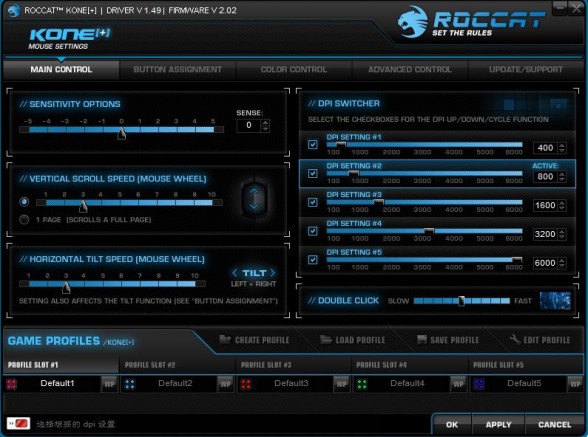
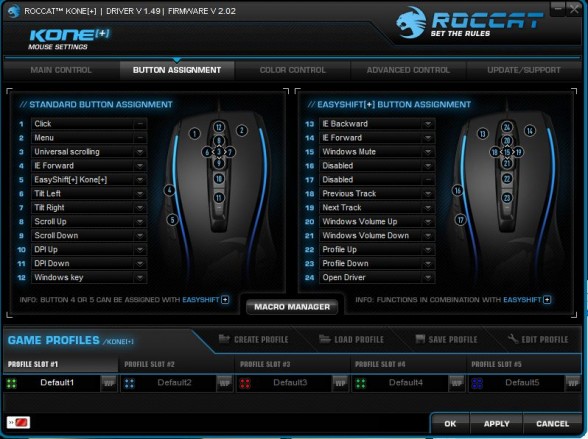
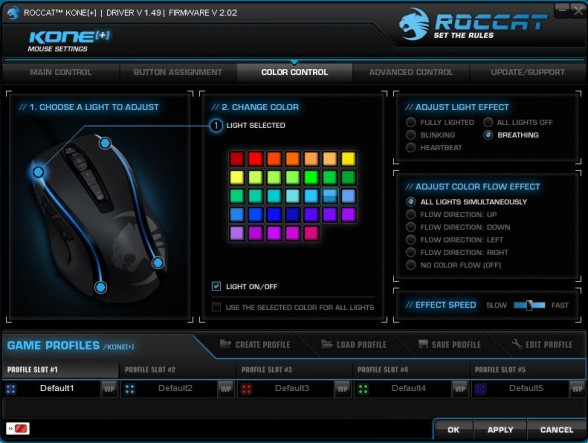
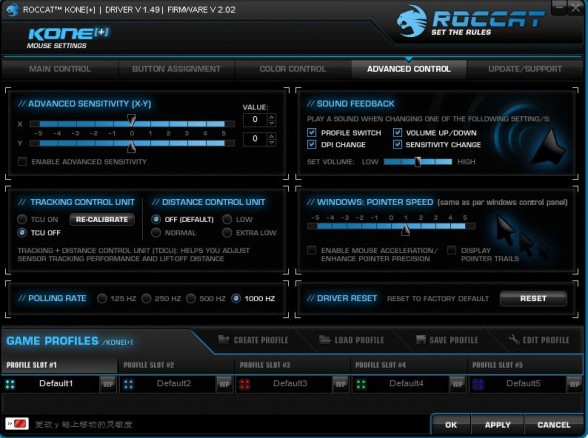
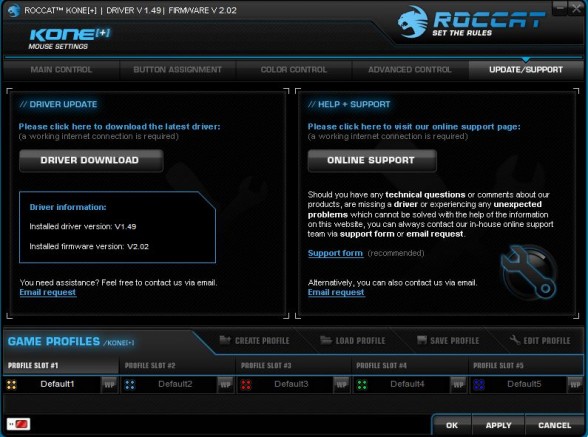
![roccat-kone [+]-custom-pc-review-19](https://www.custompcreview.com/wp-content/uploads/2012/09/roccat-kone-+-custom-pc-review-191-294x196.jpg)
![roccat-kone [+]-custom-pc-review-4](https://www.custompcreview.com/wp-content/uploads/2012/09/roccat-kone-+-custom-pc-review-41-588x392.jpg)
![roccat-kone [+]-custom-pc-review-18](https://www.custompcreview.com/wp-content/uploads/2012/09/roccat-kone-+-custom-pc-review-181-294x196.jpg)
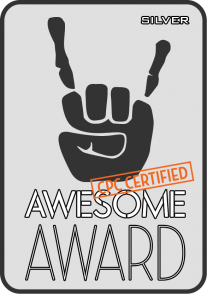


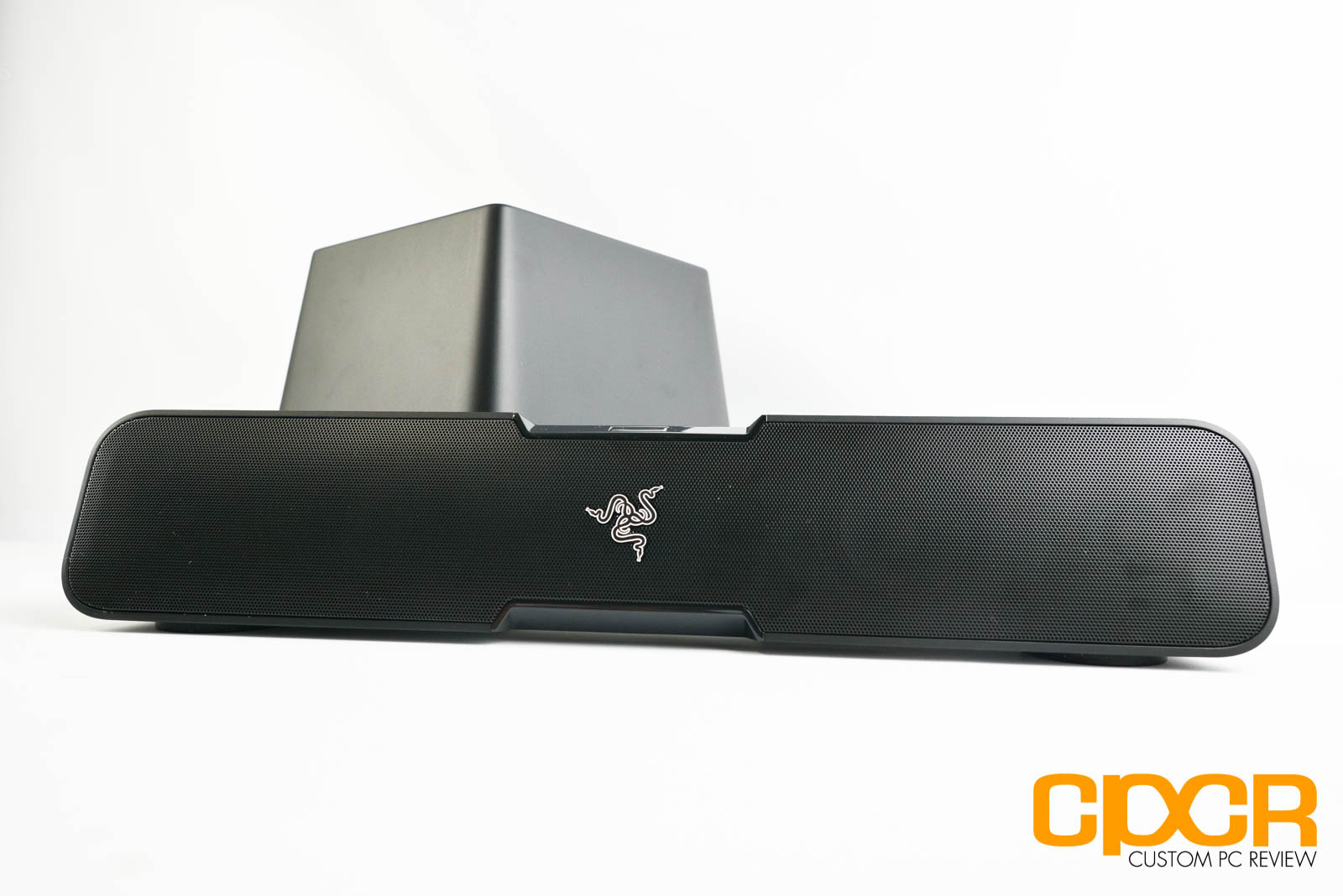
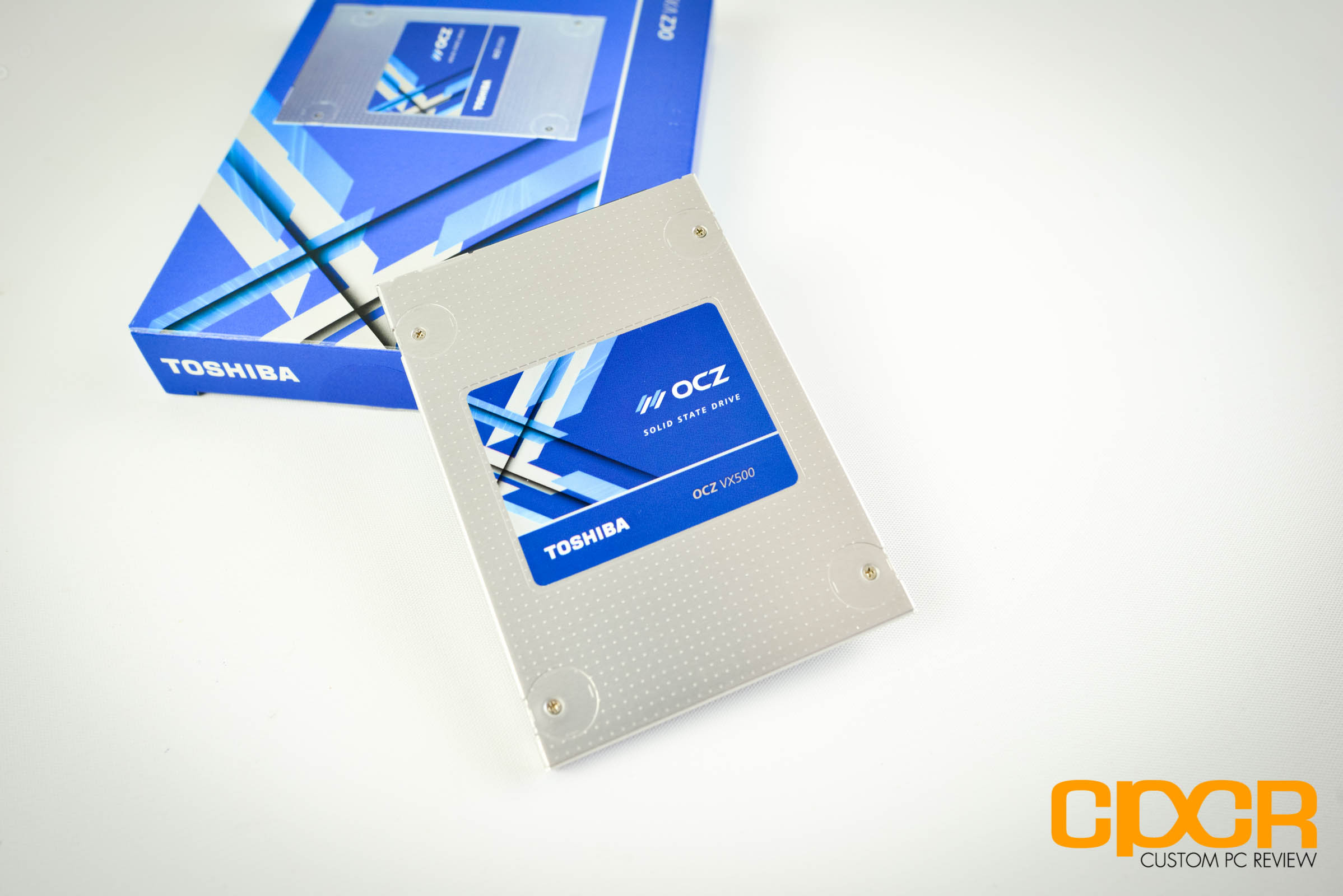
what a stupid name lol
Roccat is a Finnish brand. Kone is Finnish for machine.